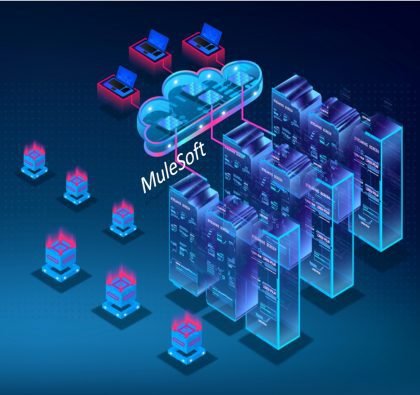Data helps companies to do anything from sending personalised emails to making strategic business decisions. It shapes the way that businesses operate -how they grow and continue growing, what products they launch and which ones they terminate, how they gain new customers while retaining their existing ones.
In the age of big data however, dealing with the sheer amounts available can be a struggle. Turning all this data into something that is visually easy to read and understand can be a headache with often subpar results. This is where data visualisation comes in.
Data Visualisation
The term itself refers to any graphical representation of information and data. Some examples are graphs, maps, and charts. Some more specific examples are heat maps, radial trees, streamgraphs, and timelines.
Data visualisation allows businesses to get actionable insights from their data quicker and with greater success.
There are a few reasons that data visualisation works so well for a data-driven business:
- Information is easier to use
Huge amounts of data turn into a graphical representation that is much easier to understand, digest, and refer back to, by anyone in the business without requiring any special technical background. - Relationships can be established
Aside from showing the data, correlations can also be established between different information and data types. - Sharing is easier
Information is easier to share and communication among stakeholders, which means greater alignment and common understanding. - It’s natural
The eye is naturally drawn to patterns and colours. Trends can be spotted and internalised easily when presented graphically. - Data can be easily curated
Noise can be removed to highlight only what is useful for the project or query at hand. - Interactivity
Data visualisation is interactive. Clicking on a certain area could lead to a more detailed version of a particular information segment, and graphics can be tailored to target a specific audience. - Identifying areas to improve upon
Since data visualisation can pull from different data sources, data that is seemingly unrelated can be used to identify areas to improve that were not visible before. - Predictions
Using past data and analysis, predictions and trends can be established by looking at data with a bottom-up approach.
Interested in Data & Analytics? Get in touch
How to effectively visualise data
Data visualisation isn’t as easy as just stuffing some data into a graph and then making look pretty. It is a careful and thoughtful process of combining both data and visuals to make something that catches the eye and conveys the right message. There must be both great story telling and great analysis. Here are some things to keep in mind when trying to visualise data:
- The target audience
One of the biggest keys to creating the ‘right’ data visualisation is who is going to be seeing it. The intended audience will help inform decisions on colours, font size, and even what form the data should take. - Goal
What will the data visualisation seek to accomplish? There should be an intended logical narrative that will be conveyed through any particular infographic. - Chart type
Some data is best shown as a pie chart, other data as a scatter plot. Certain statistics must be presented in a certain form to best convey the required information, and also to match the goal and audience. - Context
Certain colours already have connections in the mind, such as red for certain “negative” figures (e.g. a decrease in profit) or green for certain “positive” figures (e.g. an increase in profit). - Right Tools
Using the right tools will cut down on a lot of unnecessary work and produce visuals that are accurate but also aesthetically effective. Tableau is an excellent example of a visual analytics platform transforming the way we use data to solve problems.
If you would like to find out more about how you can leverage data visualisation to get actionable insights from your data, email us at Salesforce@coforge.com
Other useful links:


